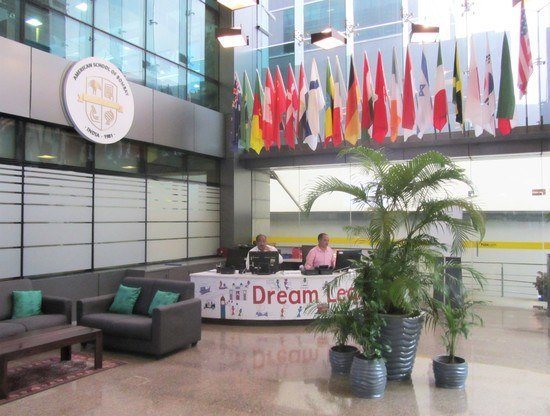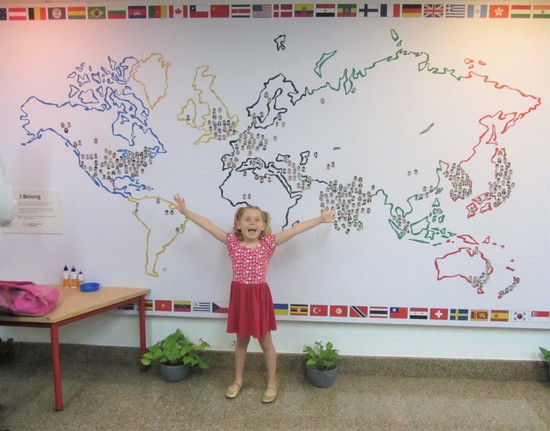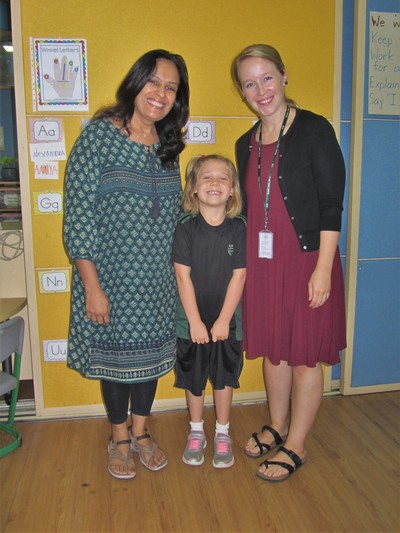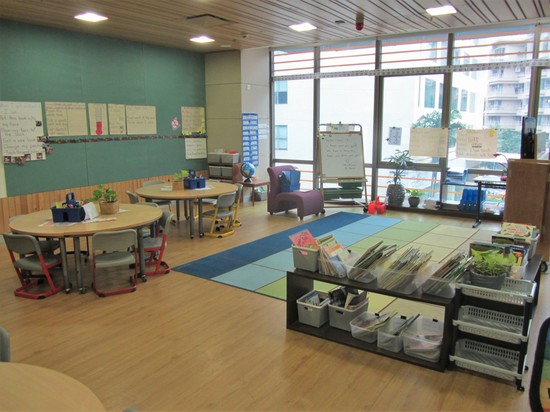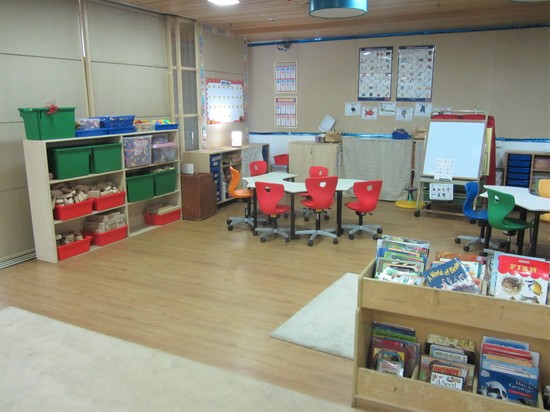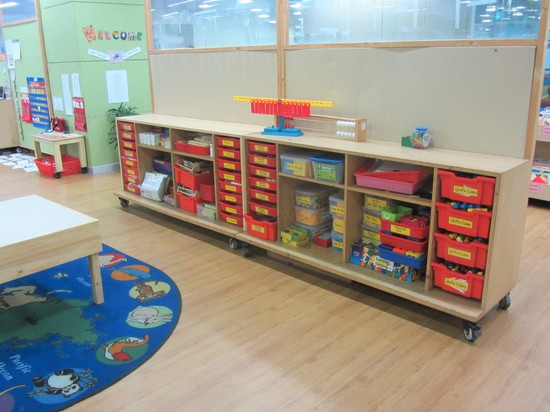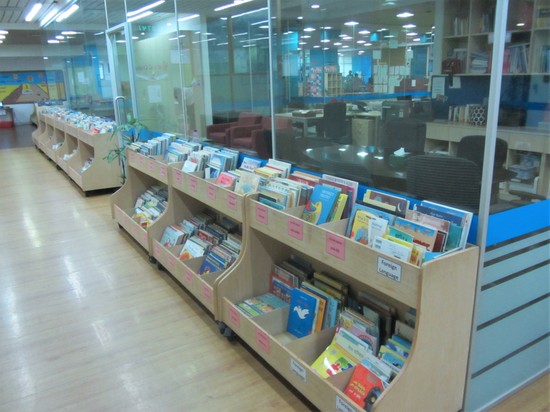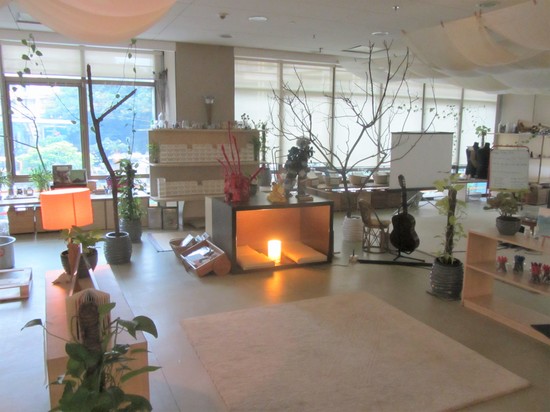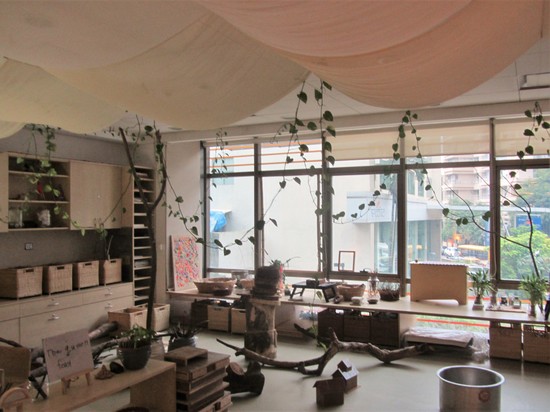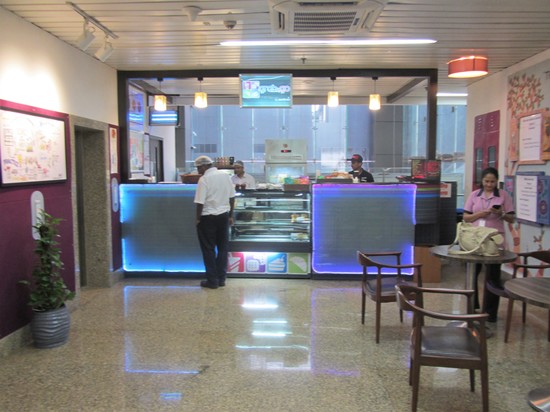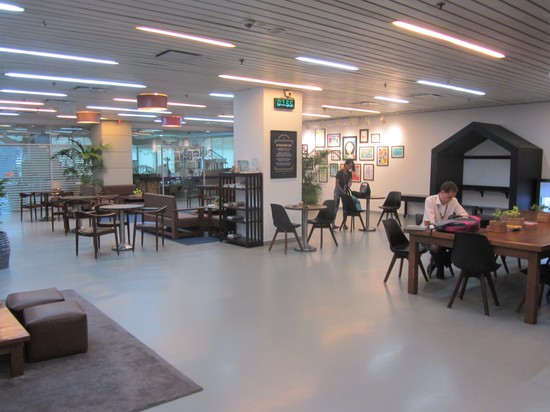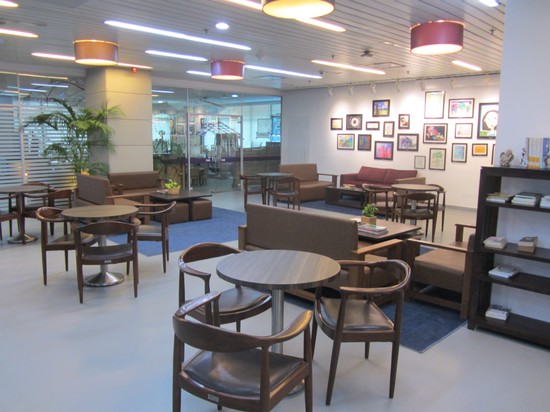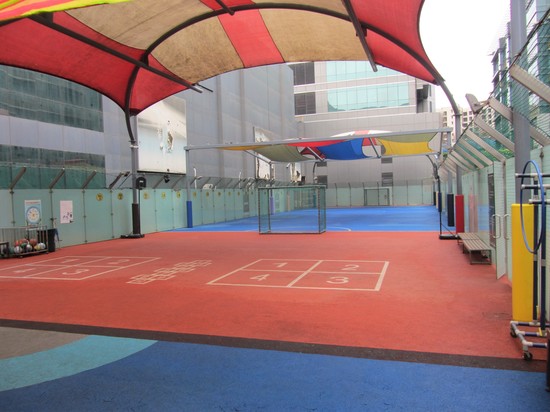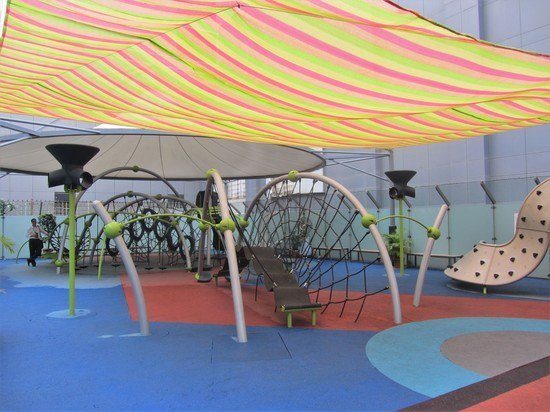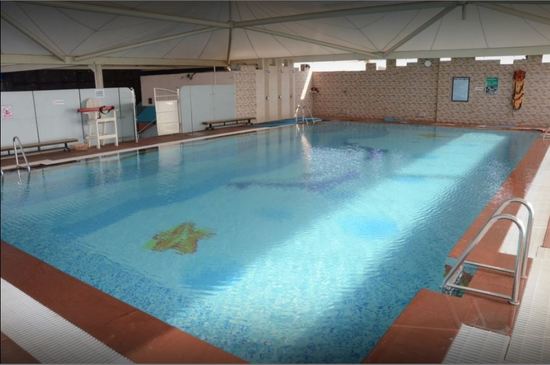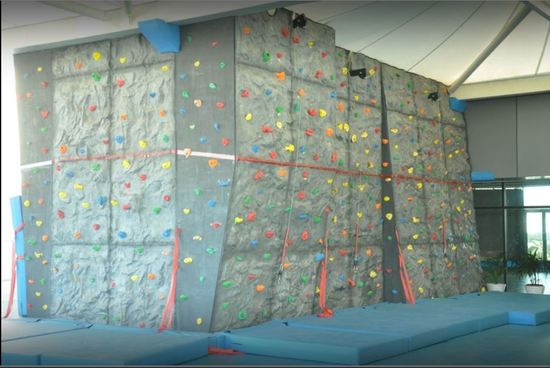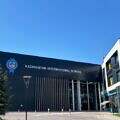My daughter has no idea how lucky she is. Her new school, the American School of Bombay, is the crème de la crème. Every aspect of her education has been carefully crafted and shaped around the school’s unique value system and IB learning structure. It’s not a question of whether or not she’ll thrive here, it’s just a matter of how long it will take her to get adjusted. After 2 days in, we’re off to a great start.
As you might expect in an international school, diversity is celebrated here. Upon walking in the doors you are greeted by several walls of flags that represent the nationalities of the students who attend. On an adjacent wall is a giant map, where the students place a picture on the location they identify with most. Notice that I didn’t say “where they’re fromâ€. That is probably one of the hardest questions for Third Culture Kids (TCKs). Identity is tricky. For example, your passport might be British, but you’ve only lived in China and Singapore. So what does that make you? The school lets the kids decide where they’re from and that can change from year to year. Nia is currently debating between being from DC, MN, OR or Malawi. I’m super curious to see what she’ll pick. Fascinating, huh?
With 21 million occupants, space is at a premium in Mumbai. In fact, real estate here is even more expensive than in NYC! That space shortage presents a challenge to schools that need large parcels of land for sports courts, parking and classroom spaces. Most schools creatively approach this by building up. For example, Nia’s school is housed in a 5 floor office building with the pool, climbing wall and gym on the roof (6th floor). There is also a large playground/open space adjacent to the school.
Nia’s school is an IB (International Baccalaureate) school. Their teaching philosophy is based on units of inquiry. They choose a theme to explore within the unit of inquiry. For example, Nia’s class will be exploring “Who We Are†as the theme of their first unit. The central idea they will focus on is that a community is where people can share responsibility toward a common goal. Students will then inquire into what a community is, how it works, the importance of people in communities, common roles and challenges. They will craft the questions they want to focus on and the teaching will be tailored to this group of student’s specific interests within the topic. The subjects (math, reading, etc) are then woven in creatively around the theme. Here is Nia with her teachers:
The classroom set up like nothing I’ve ever seen before either. There are 2 grades per floor, 3 classes per grade and 15-20 kids per class. So about 100-120 kids per floor. There are no walls on the classrooms, only partitions. Here’s Nia’s classroom, for example. Behind me and to the right are low partitions. Note that there are no desks either!
In the middle of the floor are flexible learning spaces where all the Grade 1 teachers, students, and support staff can have shared learning experiences. Here are some examples of what they look like:
The kids have an hour for lunch and recess each day. Lunch is eaten on their respective floor and the children can choose any of the 1st grade classrooms or shared spaces to eat within. The school purposely chose not to have a school cafeteria because a space that’s only used 2 hours a day is not a good use of precious real estate. If the air quality is below a certain level, the kids stay inside for recess. In that event, all of the flexible spaces and classrooms are available for them to play/explore within.
The library is another example of a space where the school chose to get creative. There is no central library for the school. The age-appropriate library books are scattered around the floor. Kids are encouraged to check out new books each day! Here’s an example of what that looks like on Nia’s floor. The enclosed glass room behind the books is the teacher’s prep/working space.
And instead of a music or art-specific space, there is a Creative Arts room where all forms of creative art expression take place (music, dance, art, etc).
But wait! We haven’t even gotten to my favorite part yet! Here’s a shot of the parent café where they have fabulous healthy options all day long (and some amazing espresso drinks).
Many parents drop their kids off and after doing so will grab their drink and head on into the parent area to socialize or get on a computer. There are also monthly coffees for each grade as well as yoga classes, writing workshops, parenting classes, and specialty interest groups (photography, dance, etc). It’s downright dreamy, I tell you.
I’ve written plenty, so I’ll close by showing you some pictures of the outdoor playground/gym space.
And here’s the rooftop athletic amenities:
Tell me you wouldn’t want to go to this school! Amazing, no? I’m so happy for her (and still very jealous). Nick had to drag me out the last two days because I didn’t want to leave… :)
